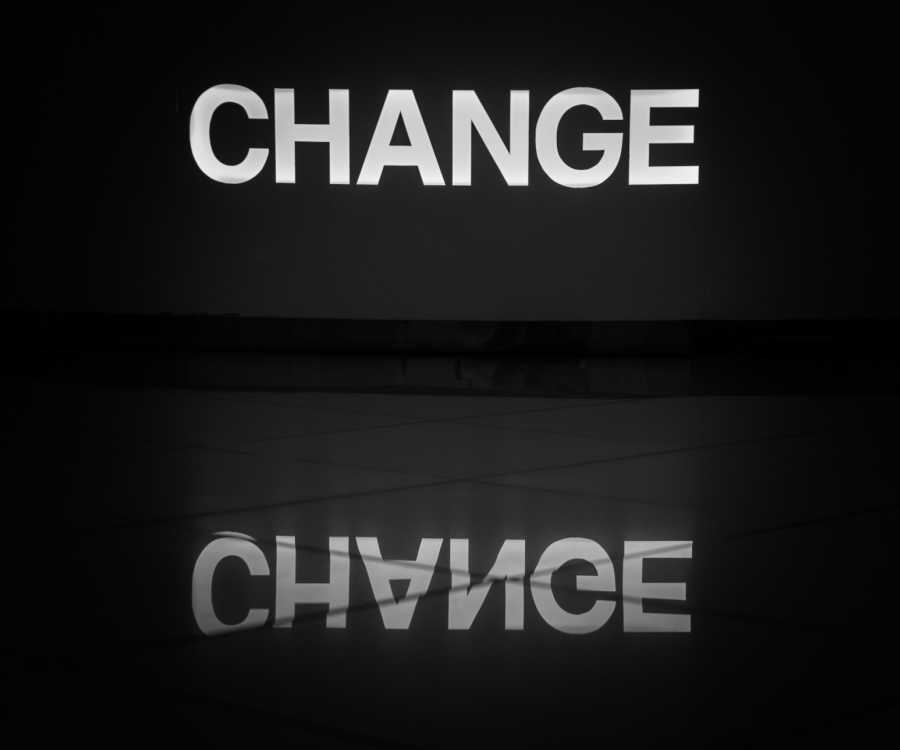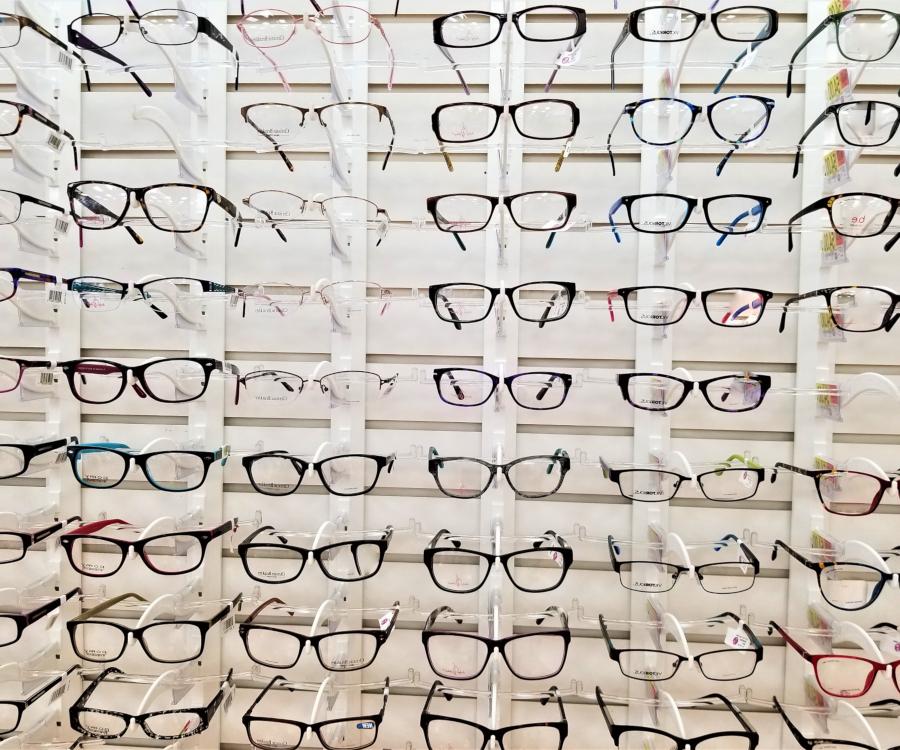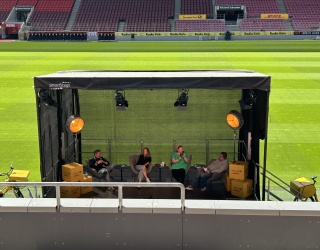When the shop doors have to remain closed due to pandemic regulations and customers switch to online offerings, the digital shopping experience from smart devices should be made as eventful as possible. This is where the use of artificial intelligence comes in. Augmented reality (AR) can be used to virtually recreate the real shopping experience with ever greater realism and detail. But can it also replace the real thing?
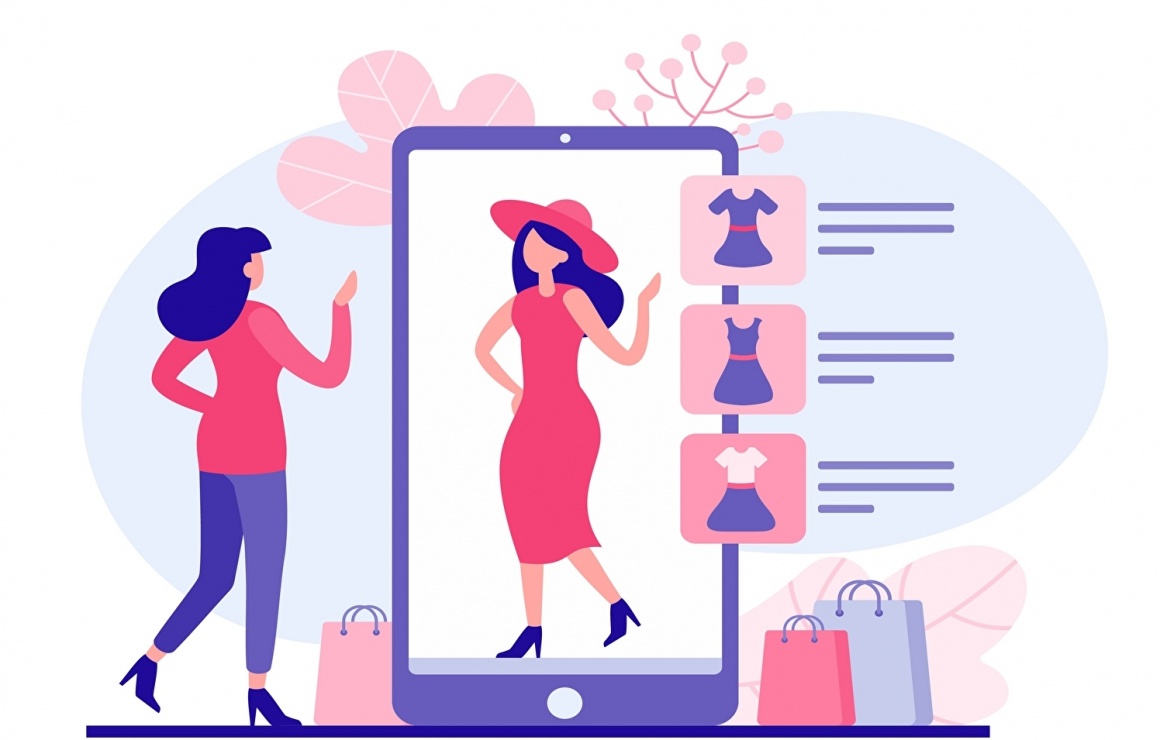
Trying on clothes without actually trying them on
The shift of shopping to the online world also represents an opportunity for retailers: for example, to expand their range with digital testing and fitting options.
Digital size finders and advisors as well as clothing try-ons using avatars are on the rise in the fashion industry. Virtual try-on options are also available for shoes. The included consulting feature helps customers with their purchase decision and represents a playful alternative to classic online shopping. In addition, this type of technology offers another advantage: the probability that customers will purchase a product that fits increases thanks to the new service. As a result, the number of returns decreases significantly. This pays off not only from a financial perspective, but also in terms of sustainability and resource conservation.

Virtual make-up looks
AR can also help to further optimize the customer journey in the field of cosmetics. Particularly during the pandemic, it is difficult for customers to try out cosmetics. The virtual testing of a make-up look can help here. Therefore, the user first scans his or her face with the camera of a smartphone. Then the digital replica of the person can be made up and styled as desired. Virtual cosmetic samples are also possible on social media platforms such as Pinterest and Snapchat. The advantage of Pinterest: the users are purchase-oriented. Consequently, using such platforms to present their products can help to increase a retailer’s reach.
Trying on glasses – but slightly different
The virtual fitting of glasses is not entirely new, but it is also constantly being optimized. Whereas a few years ago users could only project the model of their glasses onto a two-dimensional photo of their face, they can now record a video of their entire head and then see the fit of the glasses from other angles – even in real time. In the above-mentioned industries, one can observe a constant perfection of the functions of AR.
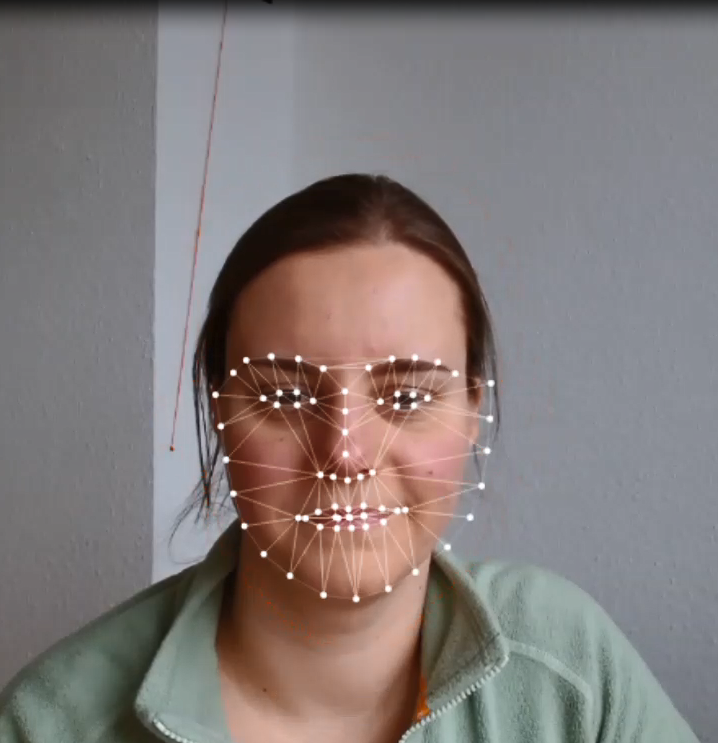
Which sofa would you like to buy?
However, the use of AR is also becoming increasingly popular in the furniture and automotive industries. With the help of the smartphone camera, objects can be projected into one's own environment. The results of a 2018 survey show that more than half of participants would like to see what the product – for example, a new sofa in their living room – looks like before making a purchase.
As the Corona pandemic severely limits real-world product testing, another study found that demand for virtual alternatives is on the rise. The use of AR is therefore much more than a technical gimmick. With the help of a smartphone, sales areas can easily be transferred to the shopper's own home.
In addition, the previous approaches offer retailers the possibility to draw conclusions about their offer by analyzing user behavior, orders and returned goods and to further improve the customer experience or the assortment if necessary.
The constant optimization of the virtual shopping experience is therefore not only beneficial for retailers in terms of sales. The use of AR also helps to offer customers a new kind of shopping experience and to tie them to their brand in the long term.


